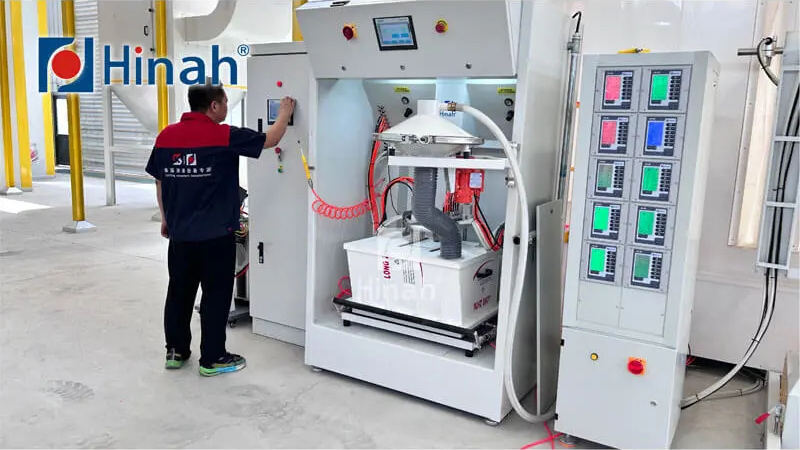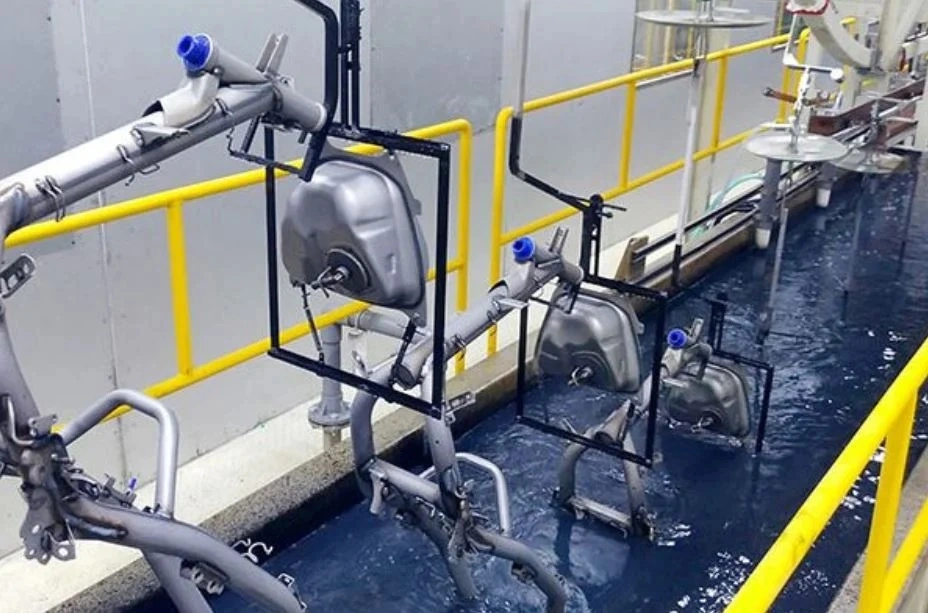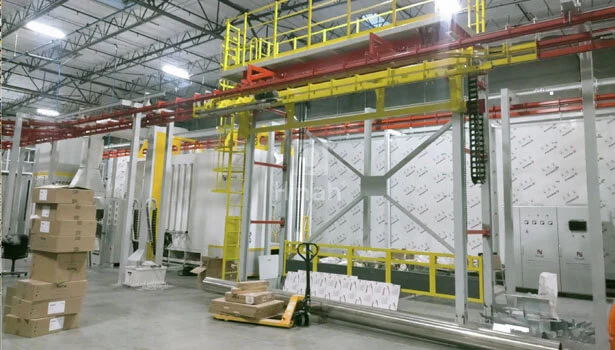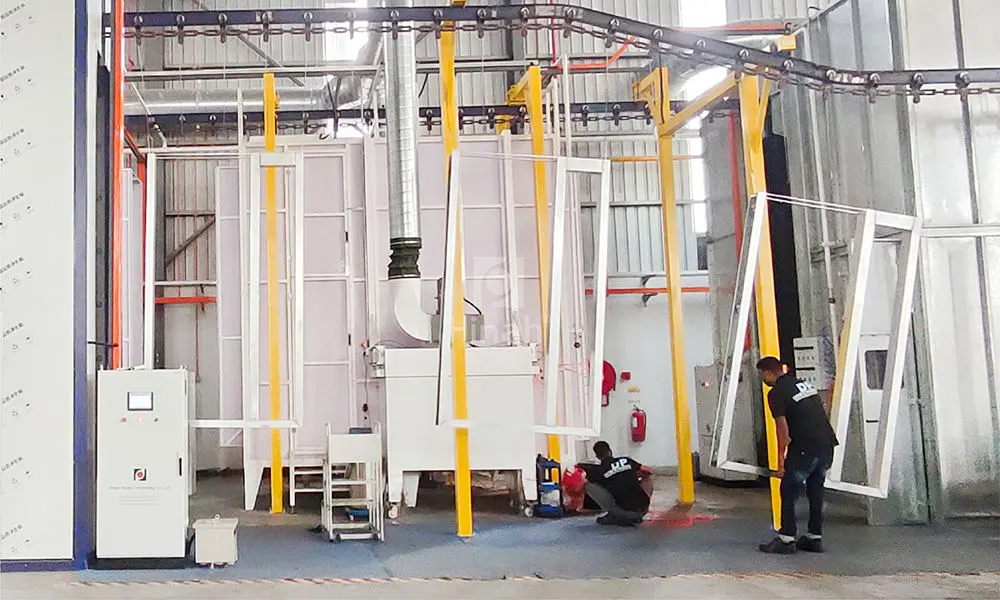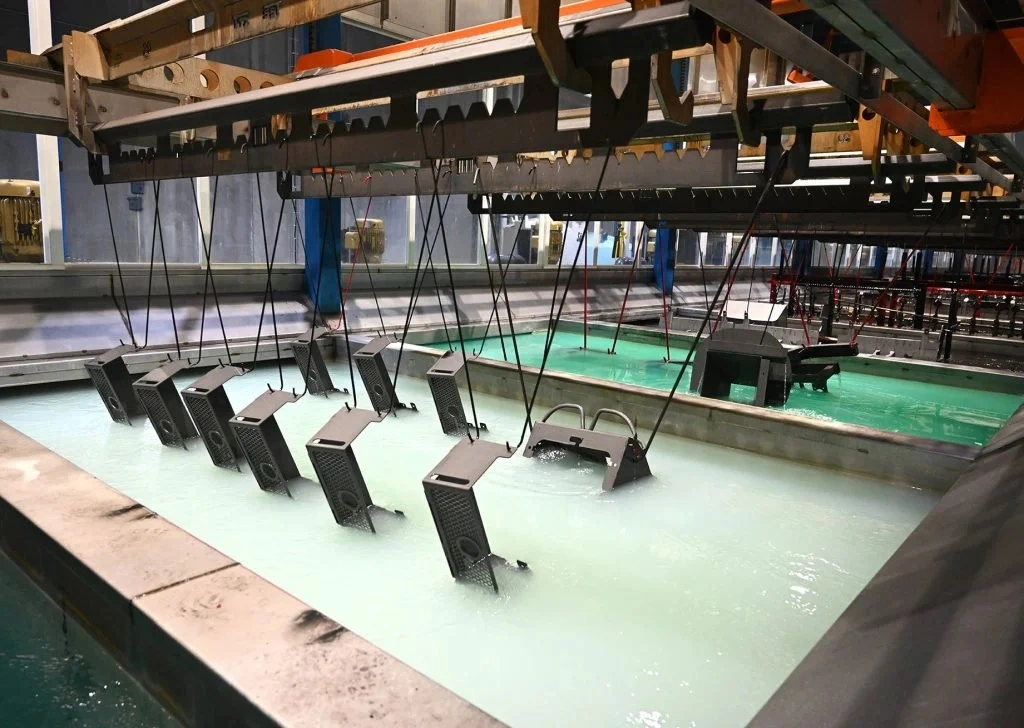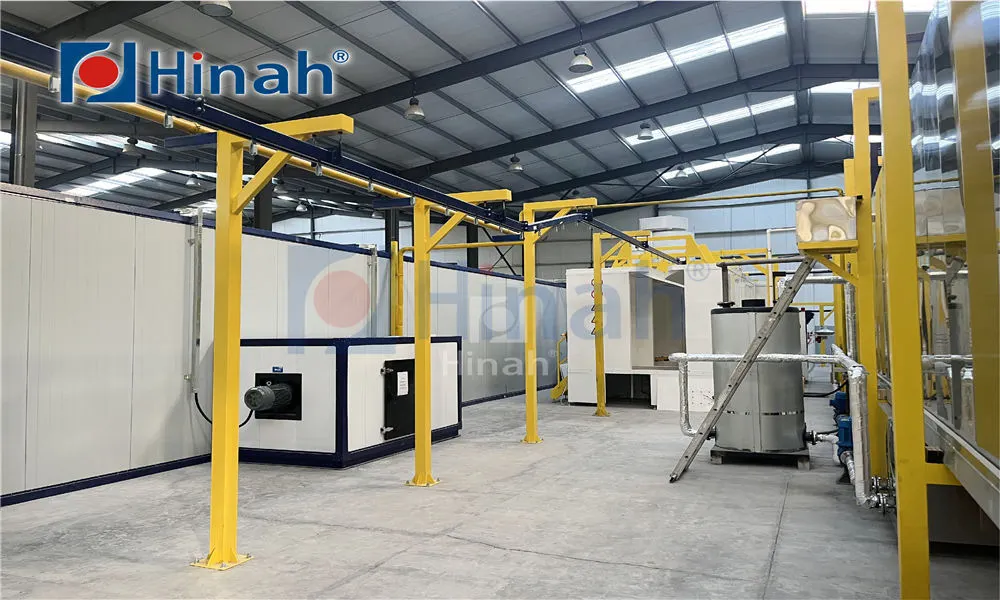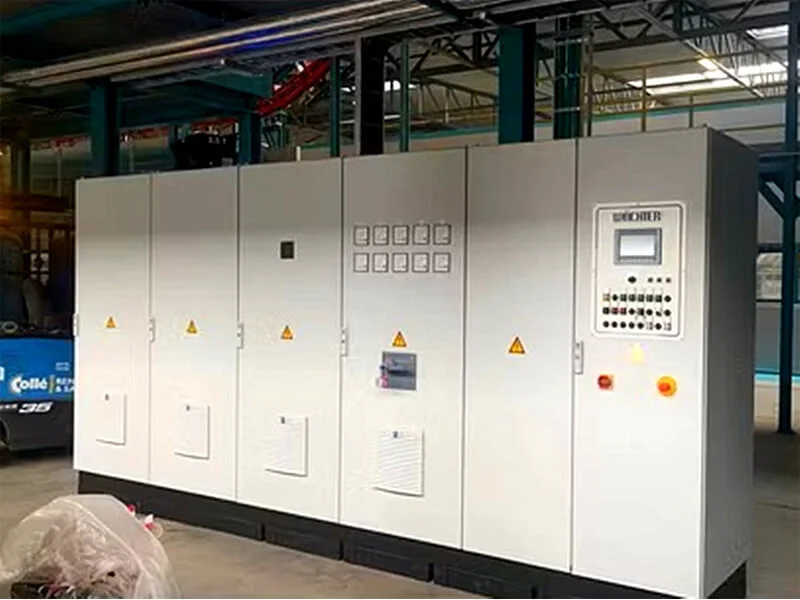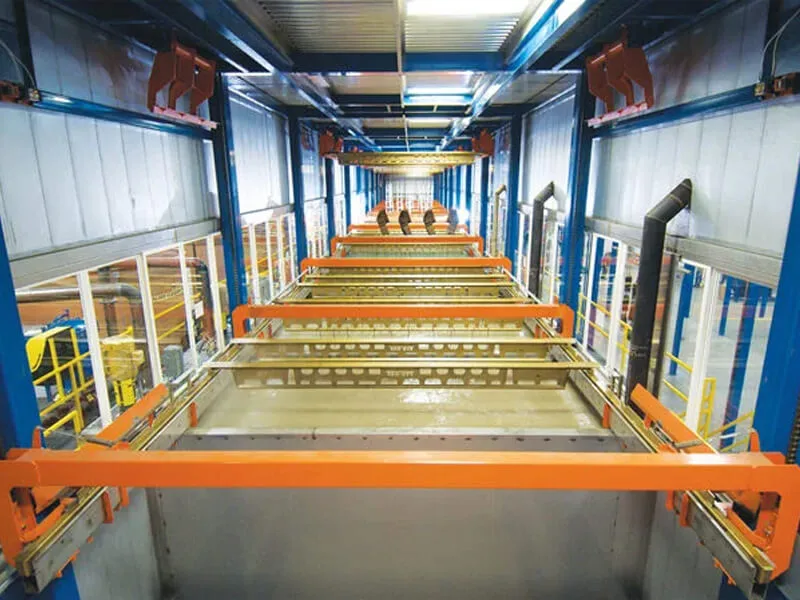In the world of modern manufacturing, surface finishing is a critical step that enhances product durability, aesthetics, and functionality. At the heart of this process for many industries lies industrial powder coating equipment. This technology has revolutionized how metal and, increasingly, plastic components are finished, offering a superior alternative to traditional liquid painting. From automotive parts and household appliances to architectural aluminum and outdoor furniture, the applications are vast. This comprehensive overview will delve into the ecosystem of powder coating manufacturing, explore the different types of powder coating systems, break down powder coating machine cost factors, explain the specialized plastic powder coating process, and highlight what to look for in professional powder coating equipment. We will also address common challenges faced in this field.
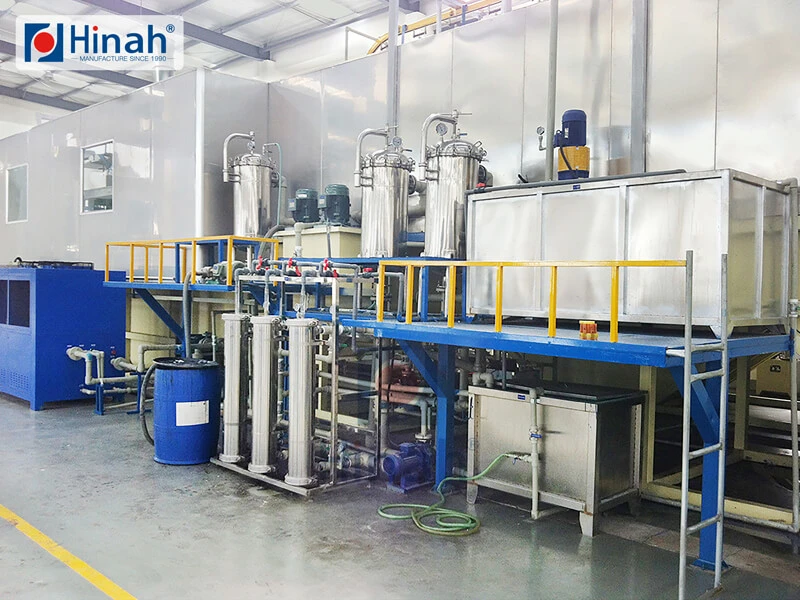
What is Powder Coating Manufacturing?
Powder coating manufacturing refers to the industrial process of applying a dry, free-flowing thermoplastic or thermoset powder to a surface. Unlike conventional liquid paint, which requires a solvent to keep the binder and filler parts in a liquid suspension, powder coating is typically applied electrostatically and then cured under heat. The result is a high-quality, durable, and attractive finish that is resistant to chipping, scratching, fading, and wearing.
The entire manufacturing line is a synergy of several pieces of industrial powder coating equipment. This includes pre-treatment systems for cleaning and preparing the substrate, application booths, spray guns, curing ovens, and conveyor systems that move parts through each stage. The efficiency and output quality of a powder coating manufacturing facility are directly dependent on the sophistication and reliability of this equipment. This process is not only popular for its finish quality but also for its environmental benefits, as it produces negligible volatile organic compounds (VOCs) and allows for the recycling of oversprayed powder.
Types of Powder Coating Systems
Choosing the right system is paramount for operational efficiency. Powder coating systems can be broadly categorized based on their scale, automation level, and application method.
Manual Application Systems
Ideal for low-volume shops, custom coaters, or for applying multiple colors frequently. An operator uses a handheld electrostatic spray gun within a dedicated booth. This setup requires a lower initial powder coating machine cost but is more labor-intensive.
Automatic Application Systems
For high-volume production, automatic systems are the gold standard. These feature automated spray guns mounted on reciprocators or robots that follow a programmed path. This ensures consistent, uniform application with minimal human intervention and maximum powder transfer efficiency, making them a key component of high-output powder coating manufacturing.
Batch Oven Systems (Rack Lines)
Also known as rack lines, these are perfect for coating diverse, large, or heavy parts in smaller batches. Parts are loaded onto racks, manually sprayed, and then moved into a batch oven for curing. This system offers great flexibility.
Continuous Conveyor Systems (Monorail or Belt)
This is the backbone of large-scale industrial powder coating equipment. Parts are hung on a conveyor (often a monorail) that transports them through a fully automated sequence: pre-treatment, drying, powder application, and curing. This is a continuous flow system designed for high-volume, consistent production of similar-sized parts.
Understanding Powder Coating Machine Cost
The powder coating machine cost is a significant consideration for any business, from a startup job shop to an established manufacturer looking to expand. The price is not a single figure but an accumulation of investments in various subsystems.
Starter Kits/Bench Top Units: For hobbyists or very small businesses, basic kits including a gun, power supply, and a small hopper can start from a few hundred to a few thousand dollars. These are not suitable for powder coating manufacturing but for very small projects.
Manual Systems: A complete manual system with a pre-treatment wash, spray booth, recovery system, and a batch oven can range from $15,000 to $80,000+, heavily dependent on size, oven insulation, and boiler requirements.
Automatic Systems: A full-scale, automated conveyorized system represents a major capital investment. These sophisticated powder coating systems can easily range from $250,000 to over $1,000,000, depending on line length, automation level (e.g., robotics), oven size, and the complexity of the material handling and recovery systems.
Key factors influencing cost include:
System Size and Capacity: Larger ovens and conveyors cost more.
Automation Level: Robots and automated guns add substantial cost.
Oven Type & Fuel Source: Electric, gas, or infrared ovens have different price points and operating costs.
Powder Recovery System: More efficient cyclone recovery systems are more expensive than simpler filter-based ones.
Air Make-up Units (AMU): Essential for maintaining booth environment and safety, adding to the overall cost.
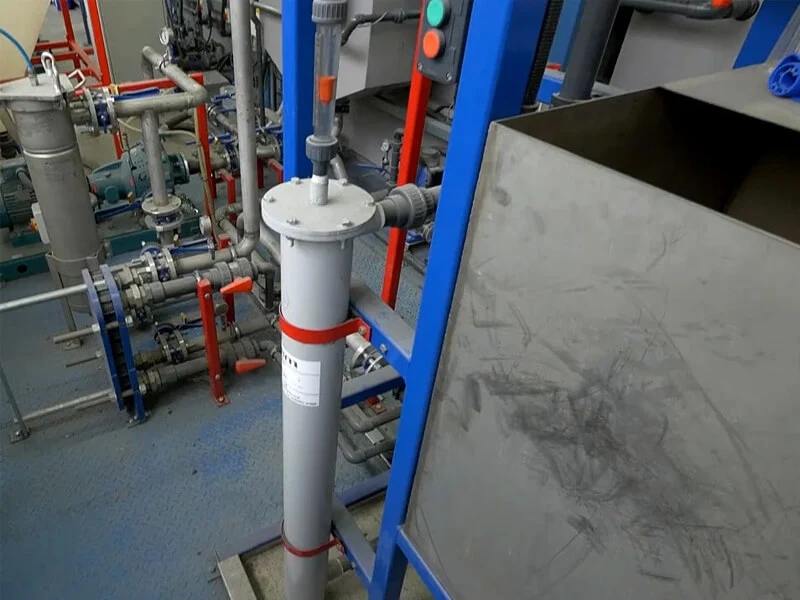
The Plastic Powder Coating Process
While traditionally used for metals, the plastic powder coating process has gained significant traction. It requires specific expertise and adjustments to standard metal coating practices. The primary challenge is that most plastics have a low heat tolerance, which can be below the melting point of standard powder coatings.
The plastic powder coating process typically involves:
Specialized Low-Temperature Curing Powders: These powders are formulated to cure at temperatures as low as 250°F (121°C) to 300°F (149°C), preventing substrate deformation.
Surface Preparation: Plastic is an insulator, so it cannot be grounded for electrostatic application like metal. The standard preparation involves using an conductive primer or a process called air fluidized bed coating where pre-heated plastic parts are dipped into a fluidized powder bed.
Curing: Even with low-temperature powders, precise control of the curing oven is critical. Infrared (IR) ovens are often preferred in the plastic powder coating process as they can cure the coating quickly without heating the entire substrate mass, reducing the risk of warping.
This process allows for the beautiful and durable finishing of items like automotive interior trim, tool housings, and outdoor furniture, expanding the reach of industrial powder coating equipment.
Selecting Professional Powder Coating Equipment
Investing in professional powder coating equipment is about more than just price; it's about value, reliability, and return on investment. Key features to look for include:
Build Quality and Durability: Equipment should be constructed from robust materials suitable for an industrial environment. Stainless steel or coated carbon steel is common for booths and ovens.
Efficiency: Look for high powder transfer efficiency (the percentage of powder that actually adheres to the part). This reduces material waste and operating costs. Modern guns and recovery systems are designed for this.
Ease of Maintenance and Cleaning: Equipment should be designed for easy access to filters, pumps, and guns to minimize downtime for color changes or routine maintenance.
Safety Features: Interlocked doors, proper grounding, explosion-proof components, and adequate ventilation are non-negotiable for safe operation.
Manufacturer Support: Choose a supplier that offers strong technical support, training, and readily available spare parts. The reliability of your powder coating systems is crucial to your production schedule.
Common Challenges and Problems in Powder Coating
Even with the best professional powder coating equipment, operators can face issues. Understanding these common problems is key to maintaining quality.
Orange Peel: A textured finish that resembles the skin of an orange. This is often caused by improper film thickness, inadequate curing temperature or time, or poor gun settings.
Poor Adhesion: The powder coating does not stick properly to the substrate. The root cause is almost always inadequate surface preparation, such as insufficient cleaning, degreasing, or phosphating. It can also be caused by under-curing.
Pinholes and Voids: Small holes in the finished film. These are frequently caused by gas escaping from the substrate during curing (outgassing), which is often due to contaminants on the metal surface or moisture.
Back Ionization (Faraday Cage Effect): A problem where powder is repelled from corners and recesses, leading to an uneven film build. It is caused by an excessive build-up of electrostatic charge in a recessed area. Solutions include adjusting gun voltage, using a smaller gun nozzle, or applying powder manually to these difficult areas.
Contamination: Dirt, oil, or dust embedded in the finish. This underscores the importance of a clean environment, proper pre-treatment, and regular maintenance of the powder booth and recovery system.
The world of industrial powder coating equipment is diverse and sophisticated, offering solutions for every scale of operation. From understanding the core principles of powder coating manufacturing to selecting the right powder coating systems for your needs, each decision impacts your product quality and bottom line. Carefully evaluating the powder coating machine cost against your production requirements and future growth plans is essential. For those venturing into coating non-traditional substrates, mastering the plastic powder coating process requires specialized knowledge and equipment. Ultimately, investing in reliable professional powder coating equipment and understanding how to troubleshoot common issues will set the foundation for a successful, efficient, and high-quality finishing operation that delivers durable and beautiful products to the market.


